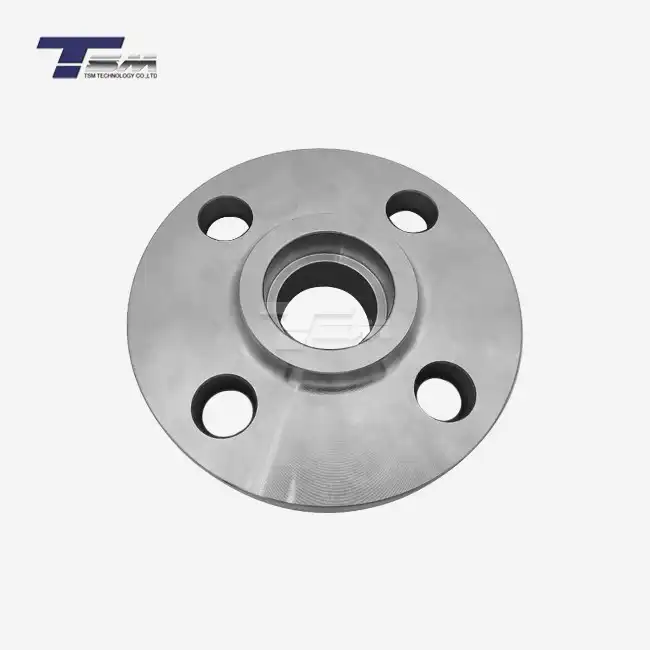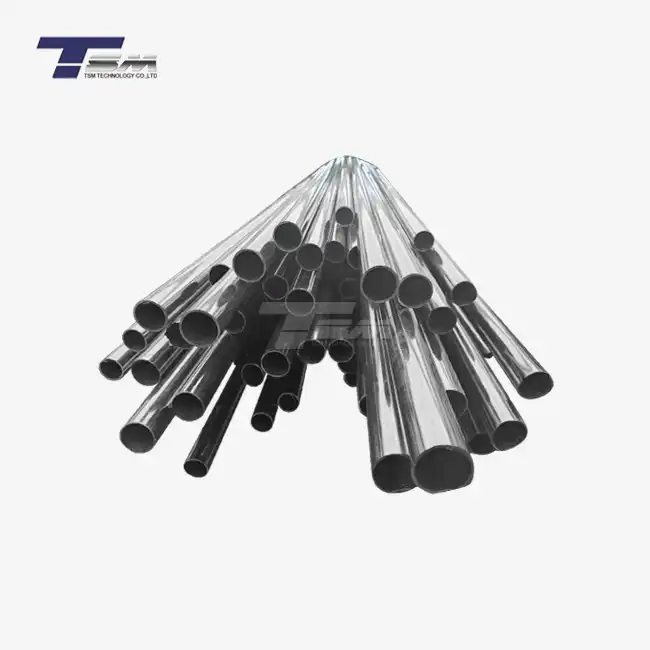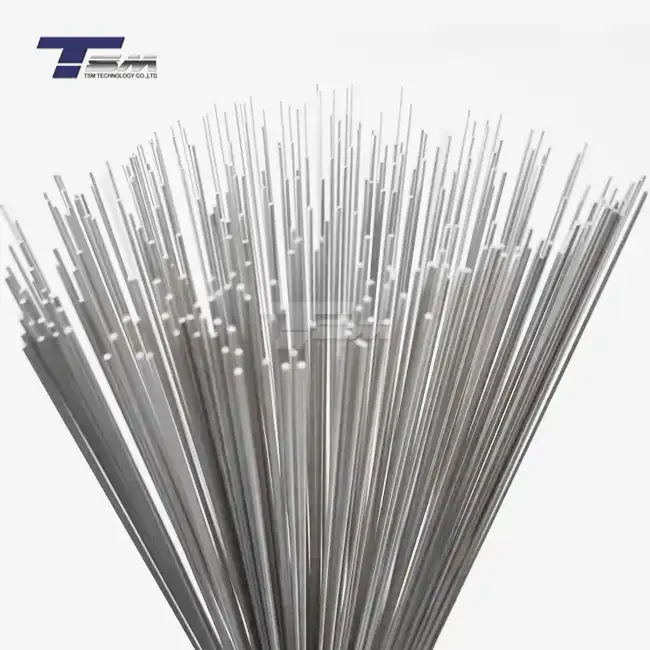- English
- French
- German
- Portuguese
- Spanish
- Russian
- Japanese
- Korean
- Arabic
- Greek
- German
- Turkish
- Italian
- Danish
- Romanian
- Indonesian
- Czech
- Afrikaans
- Swedish
- Polish
- Basque
- Catalan
- Esperanto
- Hindi
- Lao
- Albanian
- Amharic
- Armenian
- Azerbaijani
- Belarusian
- Bengali
- Bosnian
- Bulgarian
- Cebuano
- Chichewa
- Corsican
- Croatian
- Dutch
- Estonian
- Filipino
- Finnish
- Frisian
- Galician
- Georgian
- Gujarati
- Haitian
- Hausa
- Hawaiian
- Hebrew
- Hmong
- Hungarian
- Icelandic
- Igbo
- Javanese
- Kannada
- Kazakh
- Khmer
- Kurdish
- Kyrgyz
- Latin
- Latvian
- Lithuanian
- Luxembou..
- Macedonian
- Malagasy
- Malay
- Malayalam
- Maltese
- Maori
- Marathi
- Mongolian
- Burmese
- Nepali
- Norwegian
- Pashto
- Persian
- Punjabi
- Serbian
- Sesotho
- Sinhala
- Slovak
- Slovenian
- Somali
- Samoan
- Scots Gaelic
- Shona
- Sindhi
- Sundanese
- Swahili
- Tajik
- Tamil
- Telugu
- Thai
- Ukrainian
- Urdu
- Uzbek
- Vietnamese
- Welsh
- Xhosa
- Yiddish
- Yoruba
- Zulu
Combining Shot Peening and Surface Finishing Techniques
Combining shot peening and surface finishing techniques is a powerful approach to enhancing the performance and durability of metal components, particularly those made from superior nickel alloys and special metals. This innovative combination leverages the strengths of both processes, resulting in improved surface properties, increased fatigue resistance, and enhanced corrosion protection. By integrating shot peening, which imparts beneficial compressive stresses, with advanced surface finishing methods, manufacturers can achieve optimal surface quality and mechanical properties. This synergistic approach is particularly valuable in industries such as aerospace, automotive, and energy, where component reliability and longevity are paramount.
The Fundamentals of Shot Peening and Surface Finishing
Understanding Shot Peening
Shot peening is a cold working process that involves bombarding a metal surface with small, round particles called shot. This process induces compressive residual stresses in the material's surface layer, effectively increasing its resistance to fatigue, stress corrosion cracking, and fretting. The shot, typically made of steel, ceramic, or glass, impacts the surface at high velocities, causing localized plastic deformation. This deformation creates a layer of compressive stress that can extend several millimeters into the material, depending on the shot size, velocity, and peening intensity.

Exploring Surface Finishing Techniques
Surface finishing encompasses a wide range of processes designed to modify the surface properties of materials. These techniques can improve aesthetics, enhance wear resistance, increase corrosion protection, and optimize friction characteristics. Common surface finishing methods include polishing, grinding, lapping, and electroplating. Advanced techniques such as physical vapor deposition (PVD) and chemical vapor deposition (CVD) can deposit thin films of materials with specific properties onto the substrate surface.
The Synergy of Combined Processes
When shot peening and surface finishing are combined, the resulting surface exhibits superior characteristics that surpass those achieved by either process alone. For instance, shot peening can create a uniform surface texture that serves as an excellent base for subsequent coating applications. The compressive stresses induced by shot peening can also enhance the adhesion of coatings and improve their resistance to delamination. Moreover, the combination can address potential weaknesses in each individual process, such as the roughness left by shot peening or the potential for substrate fatigue in some coating processes.
Optimizing Material Properties through Combined Techniques
Enhancing Fatigue Resistance
One of the primary benefits of combining shot peening with surface finishing is the significant improvement in fatigue resistance. Shot peening creates a layer of compressive stress that inhibits crack initiation and propagation. When followed by appropriate surface finishing techniques, such as polishing or fine grinding, the overall surface quality is enhanced without compromising the beneficial compressive stresses. This combination is particularly effective for components subjected to cyclic loading, such as aircraft engine parts or automotive suspension components made from high-performance nickel alloys like Inconel or Hastelloy.
Improving Corrosion Resistance
While shot peening alone can improve corrosion resistance by closing surface pores and creating a more uniform surface, combining it with advanced coating techniques can provide exceptional protection against aggressive environments. For example, shot peening followed by the application of a ceramic coating through plasma spraying can create a highly corrosion-resistant surface on Monel or Incoloy alloys. The peened surface provides an excellent anchor for the coating, while the coating itself offers a barrier against corrosive media.
Optimizing Surface Hardness and Wear Resistance
The combination of shot peening and surface hardening techniques can dramatically improve the wear resistance of components. Shot peening increases surface hardness through work hardening, while subsequent treatments like nitriding or carburizing can further enhance this property. For precision-engineered parts made from special metals, this approach can significantly extend service life and reduce maintenance requirements. The improved surface hardness also contributes to better tribological properties, reducing friction and wear in applications involving metal-to-metal contact.
Implementation Strategies and Considerations
Process Sequence Optimization
The order in which shot peening and surface finishing techniques are applied can significantly impact the final results. In many cases, shot peening is performed first to establish the beneficial compressive stress layer and create a uniform surface texture. However, the specific sequence may vary depending on the desired outcome and the nature of the surface finishing technique. For instance, when applying thin coatings, shot peening may be performed after an initial surface preparation but before the final coating application to ensure optimal adhesion.
Parameter Selection and Control
Successful implementation of combined shot peening and surface finishing requires careful selection and control of process parameters. Factors such as shot size, peening intensity, and coverage must be optimized for the specific material and application. Similarly, surface finishing parameters like grit size for polishing, coating thickness for plating processes, or deposition conditions for vapor deposition techniques must be carefully controlled. Advanced process control systems and real-time monitoring can help maintain consistency and quality in high-volume production environments.
Material-Specific Considerations
Different alloys and special metals may respond differently to combined shot peening and surface finishing processes. For example, precipitation-hardened nickel alloys like certain grades of Inconel may require specific heat treatments before or after processing to maintain their desired microstructure and properties. Understanding the metallurgy and behavior of these advanced materials is crucial for developing effective treatment protocols. Consultation with materials experts and extensive testing may be necessary to optimize processes for new or challenging applications.
Conclusion
Combining shot peening and surface finishing techniques represents a powerful approach to enhancing the performance and longevity of components made from superior nickel alloys and special metals. By carefully integrating these processes, manufacturers can achieve surfaces with exceptional fatigue resistance, corrosion protection, and wear characteristics. As industries continue to demand higher performance and reliability from their materials, this synergistic approach offers a pathway to meeting these challenging requirements. Ongoing research and development in this field promise even more sophisticated and effective surface treatment strategies in the future, further expanding the possibilities for advanced materials in critical applications.
Contact Us
For more information on how our superior nickel alloys and special metals can benefit from advanced surface treatment techniques, please contact us at info@tsmnialloy.com. TSM TECHNOLOGY is committed to providing innovative solutions and high-quality materials to meet your most demanding engineering challenges.
References
Johnson, K. L., & Wilcox, R. C. (2019). Advanced Surface Treatment Techniques for Aerospace Alloys. Journal of Materials Engineering and Performance, 28(4), 2145-2160.
Zhang, Y., & Chen, X. (2020). Synergistic Effects of Shot Peening and Surface Coatings on Nickel-based Superalloys. Surface and Coatings Technology, 385, 125411.
Patel, S., & Gupta, M. (2018). Optimization of Combined Shot Peening and Plasma Nitriding Processes for Stainless Steels. Materials Science and Engineering: A, 729, 249-257.
Lee, H., & Kim, S. (2021). Fatigue Life Enhancement of Inconel 718 through Integrated Shot Peening and Surface Finishing. International Journal of Fatigue, 144, 106059.
Thompson, R. A., & Garcia, E. (2017). Surface Engineering of High-Performance Alloys: Principles and Applications. Materials Research Society Symposium Proceedings, 2034.
Wang, L., & Takahashi, K. (2022). Recent Advances in Combined Surface Treatment Technologies for Aerospace Materials. Progress in Materials Science, 124, 100875.
Learn about our latest products and discounts through SMS or email

_1739071678907.webp)

